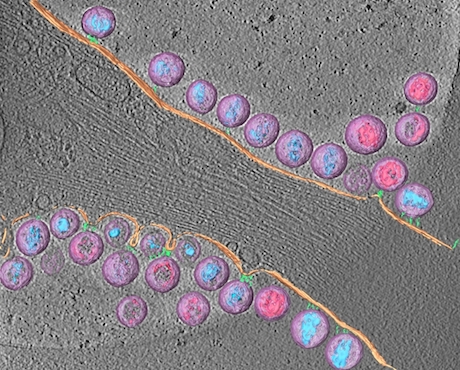This week, researchers from Yerkes and Emory Vaccine Center led by Cindy Derdeyn published a paper that I first thought was disturbing. It describes how monkeys vaccinated against HIV’s relative SIV (simian immunodeficiency virus) still become infected when challenged with the virus. Moreover, it’s not clear whether the vaccine-induced antibodies are exerting any selective pressure on the virus that gets through.
But then I realized that this might be an example of “burying the lead,” since we haven’t made a big hoopla about the underlying vaccine studies, conducted by Rama Amara. Some of these studies showed that a majority of monkeys can be protected from repeated viral challenge. The more effective vaccine regimens include adjuvants such as the immune-stimulating molecules GM-CSF or CD40L (links are the papers on the protective effects). Read more






